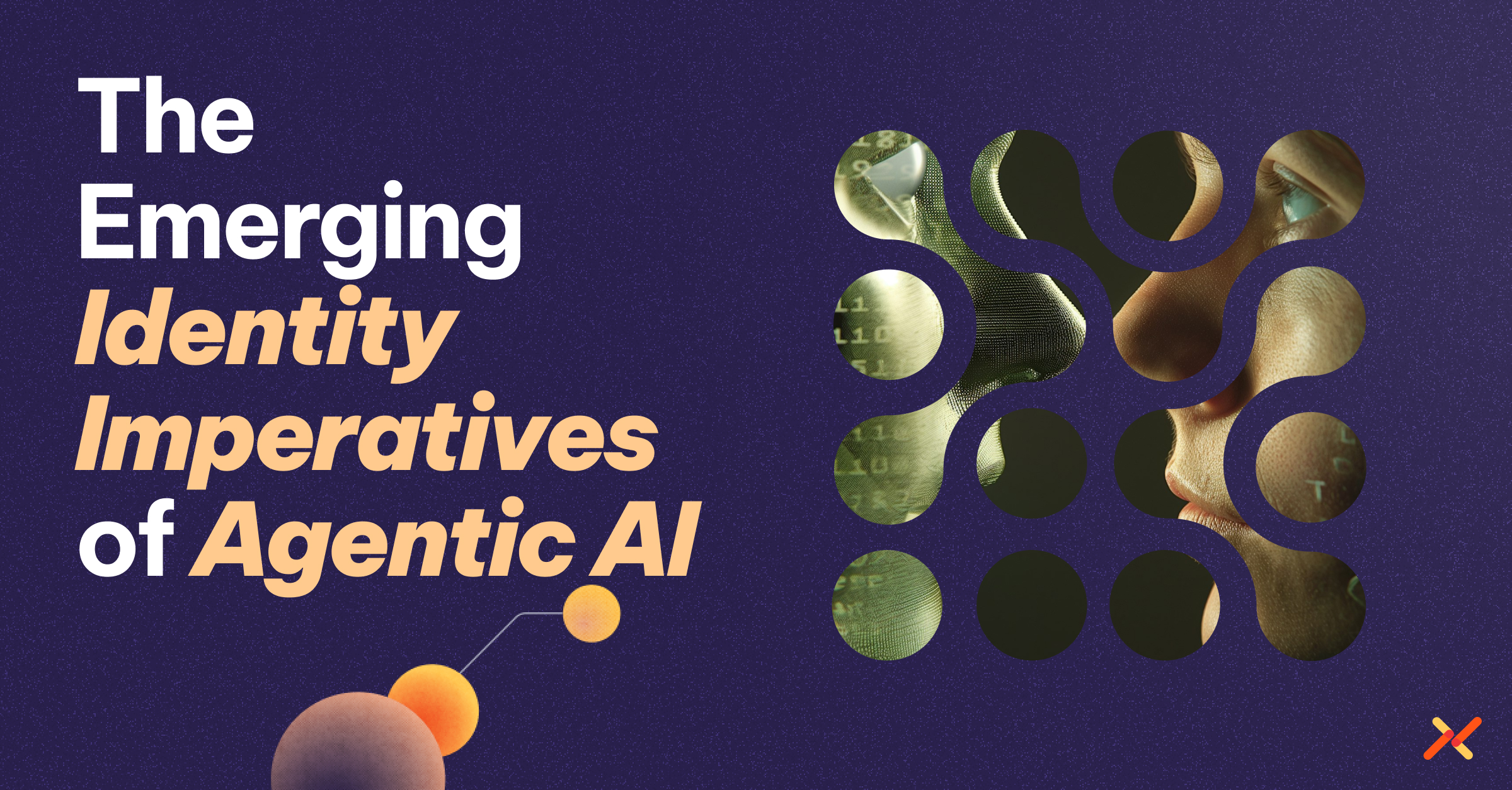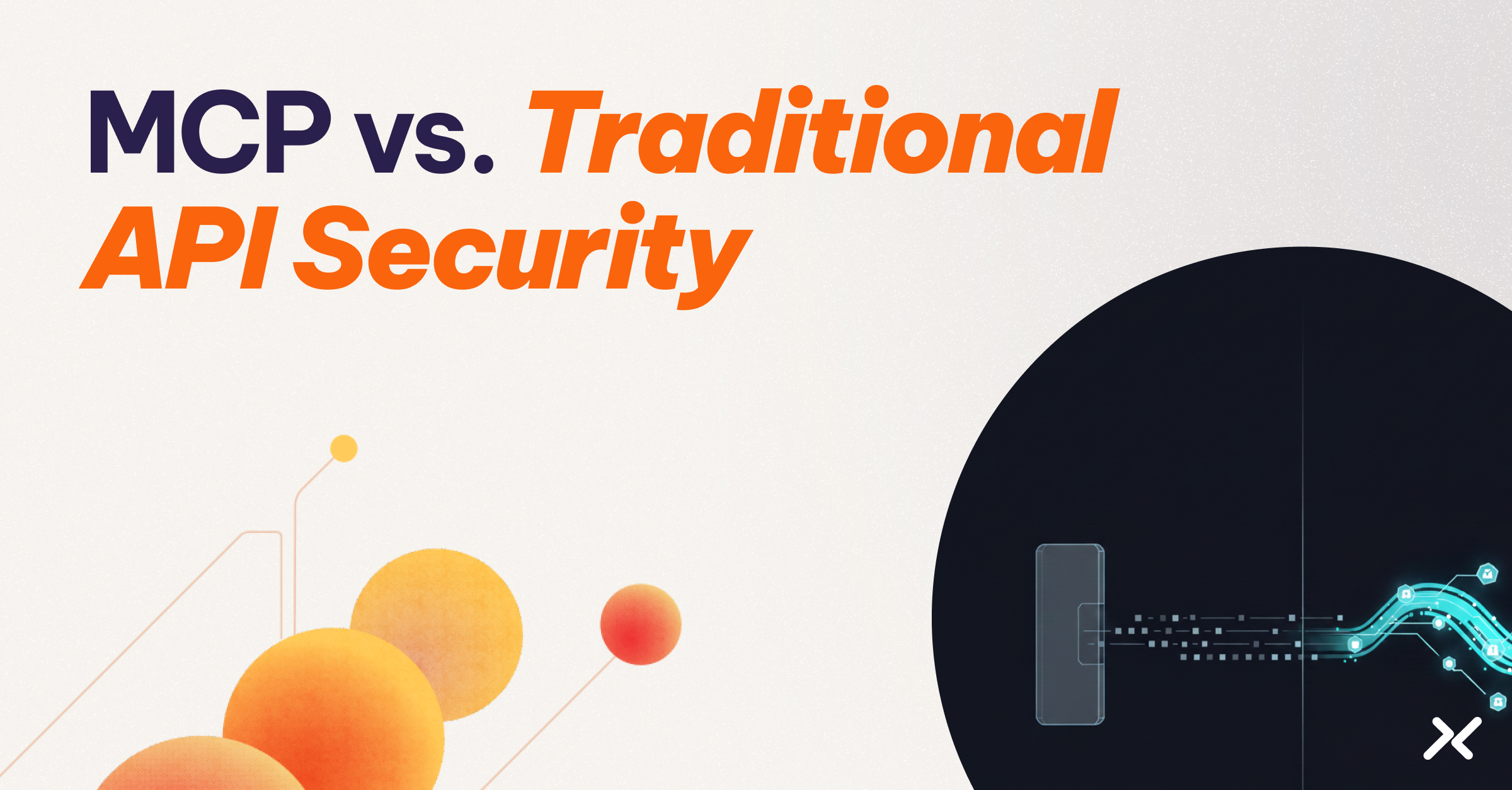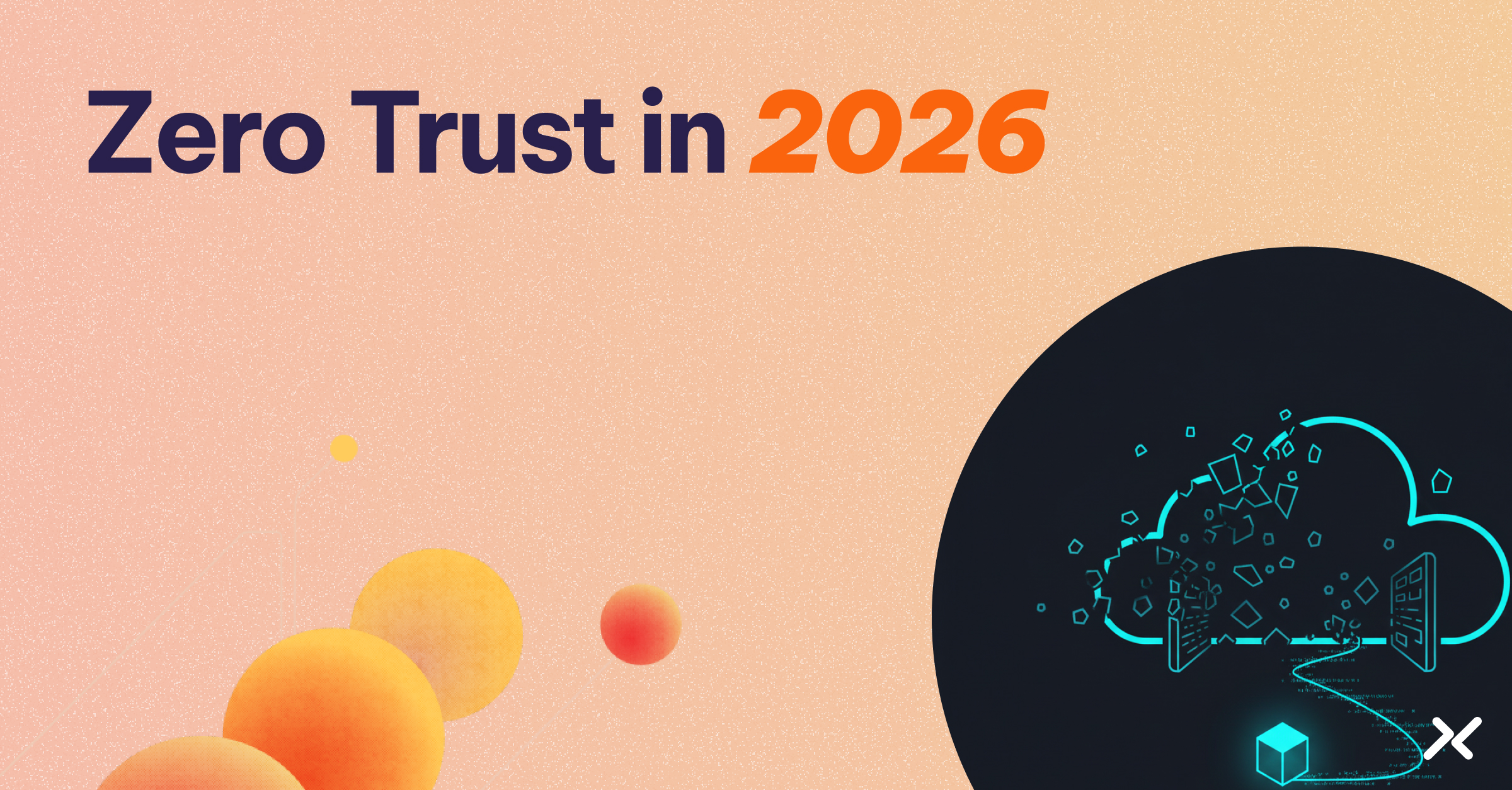There is no shortage of exaggerated claims about artificial intelligence, but some of the most consequential developments remain poorly understood. AI agents, autonomous software systems designed to reason, plan, and act across digital environments, are quietly reshaping how work gets done. They are also introducing identity and security challenges that most organizations are not prepared to address.
Unlike earlier forms of automation, AI agents are not limited to repetitive, scripted tasks. They interpret objectives, make decisions, and interact with systems in ways that resemble human workflows, yet they operate without continuous oversight. This technical autonomy, while useful, disrupts long-standing assumptions about access control, accountability, and trust.
The result is an environment where responsibility becomes fragmented. AI agents can retrieve data, invoke tools, and modify systems, but determining which component performed a given action, and whether that action was authorized, requires a different approach to identity and security than most organizations have implemented.
This post examines the structure of AI agents, the identity gaps they expose, and the principles required to govern them effectively as they take on a larger role in modern enterprises.
The Nature of AI Agents
At their foundation, AI agents are software constructs designed to perform dynamic, multi-step tasks with minimal human intervention. They combine large language models (LLMs) with tool integrations to navigate workflows, query data, and interact with software systems on behalf of a user or organization.
However, it is important to strip away the rhetoric that surrounds these technologies. AI agents are not monolithic entities, nor are they infused with independent intent. Rather, they are assemblies of interoperating software components, each contributing to the agent’s overall functionality.
A typical AI agent includes:
- Orchestrator: Coordinates execution and maintains state or memory across interactions.
- Reasoning Engine: Determines next actions based on goals, context, and evolving information.
- Tools and Connectors: Interfaces with external services, such as collaboration platforms, cloud storage, or business applications.
- Environment: The runtime, typically a virtual machine, container, or function, where each component operates.
This modular structure, while beneficial for flexibility and scalability, fragments the traditional boundaries of identity and access control. Each component may operate within its own trust domain, yet collectively they execute workflows with real-world implications for data security and system integrity.
Milestones in the Development of Agentic AI
The maturation of AI agents has not occurred in isolation but rather through incremental advancements across several technical disciplines.
The emergence of transformer-based models around 2020 introduced LLMs capable of performing general-purpose reasoning and language tasks across multiple domains. These models laid the foundation for more sophisticated autonomous workflows.
By 2022, techniques such as ReAct and development platforms like LangChain demonstrated how LLMs could interact with external tools, enabling multi-step reasoning processes that transcended passive information retrieval.
The following year, early agent frameworks, including Auto-GPT and BabyAGI, advanced these concepts by coordinating LLMs with real-world tools and services to execute autonomous workflows – albeit with limited safeguards in place.
In 2025, efforts to formalize security practices gained momentum. The introduction of the Model Context Protocol (MCP) provided a structured approach to governing how AI agents interact with external services, separating reasoning, execution, and access functions. This marked a significant turning point for incorporating identity best practices into the agentic AI ecosystem.
The Identity Challenges of Autonomy
The technical autonomy of AI agents exposes long-standing weaknesses in how digital identity is defined and enforced. In conventional environments, user actions are attributable to discrete credentials – whether belonging to an individual, a service account, or an application. With AI agents, this boundary becomes less clear.
Consider an agent that accesses a cloud resource. Does that action originate from the end user who initiated the workflow? From the orchestrator coordinating execution? From the reasoning engine interpreting the task? Or from a tool connector interfacing with the external system?
Traditional identity and access management (IAM) frameworks are poorly equipped to answer these questions.
Without a layered, component-specific identity model:
- Attribution becomes ambiguous, complicating both operational oversight and post-incident investigations.
- Least-privilege access controls break down, as permissions often extend beyond their intended scope.
- Compliance requirements, including audit logging and activity tracing, cannot be reliably satisfied.
This ambiguity undermines the core principles of modern security and leaves organizations exposed to preventable risks.
The Risks of Static Secrets and Over-Permissioning
In many early-stage deployments, AI agents rely on hardcoded credentials stored within configuration files, environment variables, or embedded directly in software components. This approach, while expedient for development, presents several significant risks.
Static secrets are rarely scoped to the minimum level of access required. Instead, they often unlock broad swaths of functionality across tools and services, creating a disproportionate risk if compromised. Moreover, once deployed, these credentials are difficult to rotate consistently, leaving persistent vulnerabilities within operational environments.
The practice of over-permissioning – providing software components with more access than they require to function – exacerbates the situation. While this may simplify development and troubleshooting, it substantially widens the potential impact of credential theft, misconfiguration, or exploitation.
These shortcomings mirror familiar challenges in workload security but become more acute within distributed, autonomous agent architectures.
Principles for Securing Autonomous Systems
Addressing the identity and access gaps introduced by AI agents requires adopting a principled, workload-focused approach to security – one that extends familiar concepts from human identity management to non-human, software-based actors.
1) Independent Authentication for Each Component
Every element within the AI agent – whether orchestrator, reasoning engine, or tool connector – should possess its own cryptographically verifiable identity. This allows for fine-grained access control, runtime trust evaluation, and complete auditability.
2) Federated Workload Identity
Where supported, organizations should implement workload identity federation, enabling secure authentication across clouds, services, and partners without the reliance on long-lived secrets.
3) Conditional Access Enforcement
Access policies should incorporate contextual factors, including geographic location, time of access, system posture, and threat intelligence signals, reducing exposure in dynamic environments.
4) Short-Lived Credentials
Where tool access requires temporary secrets, organizations should provision time-bound credentials with narrowly defined privileges, minimizing risk in the event of compromise.
5) Comprehensive Observability
Logging should extend beyond traditional access records to capture the full causal chain – from user instruction to agent reasoning to API invocation – ensuring traceability for security, compliance, and operational oversight.
Wrapping Up
The autonomy introduced by AI agents represents a technical milestone, but also a new category of identity challenge for organizations to confront. These systems, by virtue of their modularity and distributed execution, blur conventional boundaries around access control, attribution, and trust.
DevSecOps practitioners now face an opportunity to apply the lessons of workload identity management at the inception of this technology’s adoption, rather than in response to future incidents.
By treating each software component as a distinct, identity-aware workload, and integrating observability with contextual enforcement, organizations can establish durable security foundations for AI agents. As these technologies evolve, so too must the identity frameworks that govern their behavior.
Addressing these challenges with discipline today will avoid bigger consequences tomorrow.




